I have written the following simple test in trying to learn Castle Windsor's Fluent Interface:
using NUnit.Framework;
using Castle.Windsor;
using System.Collections;
using Castle.MicroKernel.Registration;
namespace WindsorSample {
public class MyComponent : IMyComponent {
public MyComponent(int start_at) {
this.Value = start_at;
}
public int Value { get; private set; }
}
public interface IMyComponent {
int Value { get; }
}
[TestFixture]
public class ConcreteImplFixture {
[Test]
public void ResolvingConcreteImplShouldInitialiseValue() {
IWindsorContainer container = new WindsorContainer();
container.Register(Component.For<IMyComponent>().ImplementedBy<MyComponent>().Parameters(Parameter.ForKey("start_at").Eq("1")));
IMyComponent resolvedComp = container.Resolve<IMyComponent>();
Assert.AreEqual(resolvedComp.Value, 1);
}
}
}
When I execute the test through TestDriven.NET I get the following error:
System.TypeLoadException : Could not load type 'Castle.MicroKernel.Registration.IRegistration' from assembly 'Castle.MicroKernel, Version=1.0.3.0, Culture=neutral, PublicKeyToken=407dd0808d44fbdc'.
at WindsorSample.ConcreteImplFixture.ResolvingConcreteImplShouldInitialiseValue()
When I execute the test through the NUnit GUI I get:
WindsorSample.ConcreteImplFixture.ResolvingConcreteImplShouldInitialiseValue:
System.IO.FileNotFoundException : Could not load file or assembly 'Castle.Windsor, Version=1.0.3.0, Culture=neutral, PublicKeyToken=407dd0808d44fbdc' or one of its dependencies. The system cannot find the file specified.
If I open the Assembly that I am referencing in Reflector I can see its information is:
Castle.MicroKernel, Version=1.0.3.0, Culture=neutral, PublicKeyToken=407dd0808d44fbdc
and that it definitely contains Castle.MicroKernel.Registration.IRegistration
What could be going on?
I should mention that the binaries are taken from the latest build of Castle though I have never worked with nant so I didn't bother re-compiling from source and just took the files in the bin directory. I should also point out that my project compiles with no problem.

